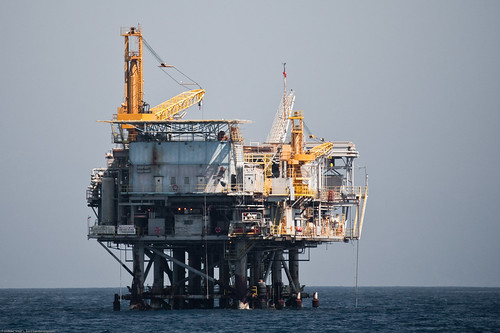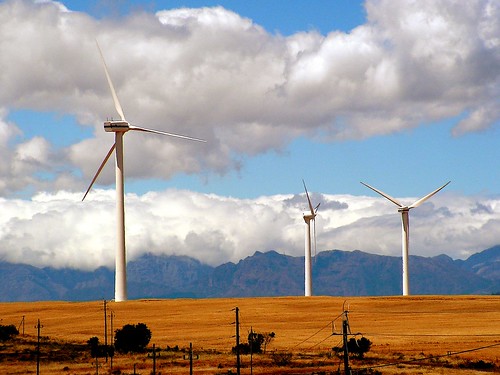| Share Presentation: https://NeoK12.com/pres/ZENESRC3 | |
|
A non-renewable resource is a natural resource which cannot be produced, grown, generated, or used on a scale which can sustain its consumption rate. Ex. Fossil fuels (such as coal, petroleum and natural gas) and nuclear power (uranium). | ||||
|
Fossil Fuels- Natural resources such as coal, petroleum, oil and natural gas take thousands of years to form naturally and cannot be replaced as fast as they are being consumed. Eventually natural resources will become too costly to harvest and humanity will need to find other sources of energy.
| ||||
|
Nuclear power is produced by controlled (i.e., non-explosive) nuclear reactions. Commercial and utility plants currently use nuclear fission reactions to heat water to produce steam, which is then used to generate electricity. | ||||
|
Renewable energy is energy which comes from natural resources such as sunlight, wind, rain, tides, and geothermal heat, which are renewable (naturally replenished.) Renewable energy is an alternative to fossil fuels and nuclear power.
Ex. Solar Power, Windmills (Wind Farms), Hydro-electric Dams. | ||||
|
Wind power harnesses the power of the wind to propel the blades of wind turbines. These turbines cause the rotation of magnets, which creates electricity.
| ||||
|
In hydro energy, the gravitational descent of a river is compressed from a long run to a single location with a dam or a flume. This creates a location where concentrated pressure and flow can be used to turn turbines or water wheels, which drive a mechanical mill or an electric generator.
| ||||
|
Solar power involves using solar cells to convert sunlight into electricity, using sunlight hitting solar thermal panels to convert sunlight to heat water or air, using sunlight hitting a parabolic mirror to heat water (producing steam), or using sunlight entering windows for passive solar heating of a building.
| ||||






